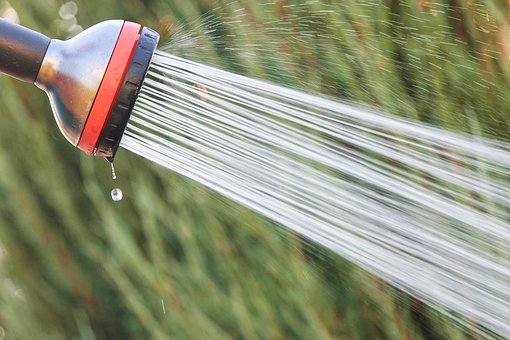If you look at your house and think it is looking a bit grungy, you may be considering a thorough pressure washing session. However, before hiring a professional to come and do some pressure cleaning: power washing services | Miami, FL, it is important to know the basic rule of pressure washing and what surfaces you need to avoid if you do not want to see them damaged by the force of the pressure washing stream. Read on to find out more.
The Basic Rule of Pressure Washing
Even though you may think of pressure washing as a fast and simple way to clean the outside of your home including the driveway, deck, sidewalk, vinyl siding, and other surfaces, if you are not careful, many of them can be damaged by the pressure washing.
That is why it is crucial to keep in mind that, as the name implies, pressure washing combines two elements: water and pressure. To achieve the desired results, water is forced through nozzles designed to clean different materials. The use of pressure is effective when it comes to blasting away stains and dirt. However, it is precisely this blast that may end up causing harm.
Thus, the basic rule of pressure washing is to know when to use what pressure for each surface to be cleaned. Applying unrestrained water pressure to all surfaces may result in damage. These may be vinyl siding panels that get dislodged, allowing water to enter the home and damage the walls. It is also possible that the pressure could crack a couple of windows. In both cases, you now need to call in other professionals to fix what the water pressure damaged.
What is the Correct Pressure Setting?
Surfaces that are made from asphalt or concrete can withstand as much pressure as you want without damage. Even the strongest water blast is not able to make them crumble and will be effective in ridding the area of all sorts of stains.
When you start pressure washing wood, you need to use a much more delicate setting to avoid damage. An intermediate setting in the water nozzle will give you excellent results if you want to power wash plastic patio furnishings, decks, sheds, and even your boat or cars.
Surfaces to Avoid When Pressure Washing
To begin with, make sure that kids and pets are kept at a safe distance before any power washing begins. Also, keep the power washer away from items such as:
Electric meters and panels – Electricity and water are never a good mix.
Your outside HVAC unit – You can definitely keep it clean, but not by pressure washing it. Clean it carefully to avoid the need for a costly repair or replacement.
Gutters – Gutters are more delicate than you may imagine. They are not meant to withstand water pressure but just catch rainwater and move it down the drain pipes.
Wood – This includes window frames, wood siding, and wood shakes. Pressure cleaning these items can blast them to splinters.
Painted items – You may have a painted porch, patio furniture, or other painted surfaces around the outside of your home. Applying a strong blast of pressured water can have you peeling off the paint and irreparably damaging these items. Use a soft stream of water to keep them clean.

